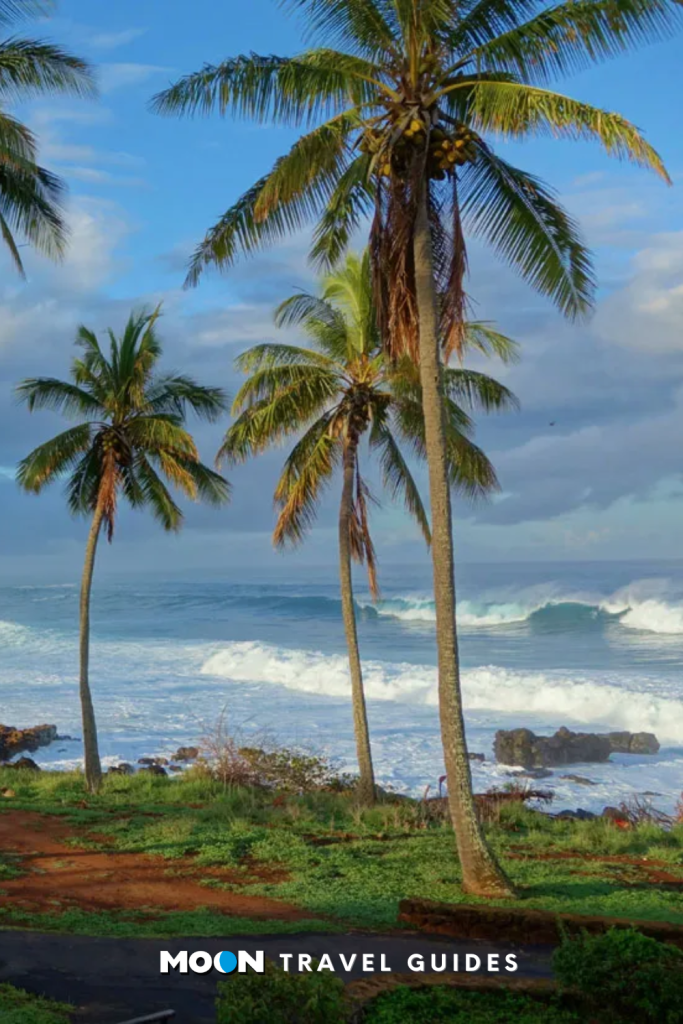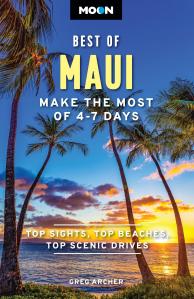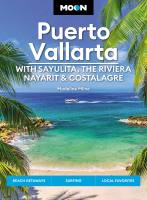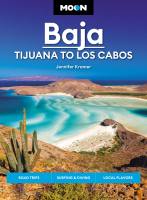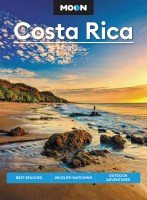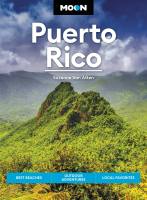Moloka‘i’s Best Surf Spots
To say that the surf spots on Moloka‘i are empty would be a lie, but a crowded day by Moloka‘i standards would be considered almost empty in Maui. If there are more than three people, maybe four, just go somewhere else. With a little walking (or a high clearance vehicle), it’s still possible to find spots where there’s a good chance you’ll have the waves all to yourself. Since finding surf spots like this is such a rarity in Hawaii, however, it’s not surprising that Moloka‘i locals can be protective of their surf breaks, so following basic surf etiquette here can go a long way.
West Moloka‘i
Remote and empty, West Moloka‘i is best in winter when the swells that send waves to O‘ahu come crashing onto this coast. The difference is that there aren’t 200 people vying for the same wave, and traffic on the highway is nonexistent. While the quality isn’t as good as O‘ahu’s, the surf in western Moloka‘i can be heavy, and only experienced surfers should paddle out on big-wave days.
The best-known and consequently most crowded spot on this end of the island is Sheraton’s at Kepuhi Beach, named after the defunct resort that fronts the beach. Access is sandy and easy, but be wary of occasional shallow boulders while paddling out. The wave is on the left side of the beach, and on better days can be an A-frame that holds to 10 feet. Sheraton’s is a decent spot for intermediate surfers if it’s small, and only for experts if it’s pumping.
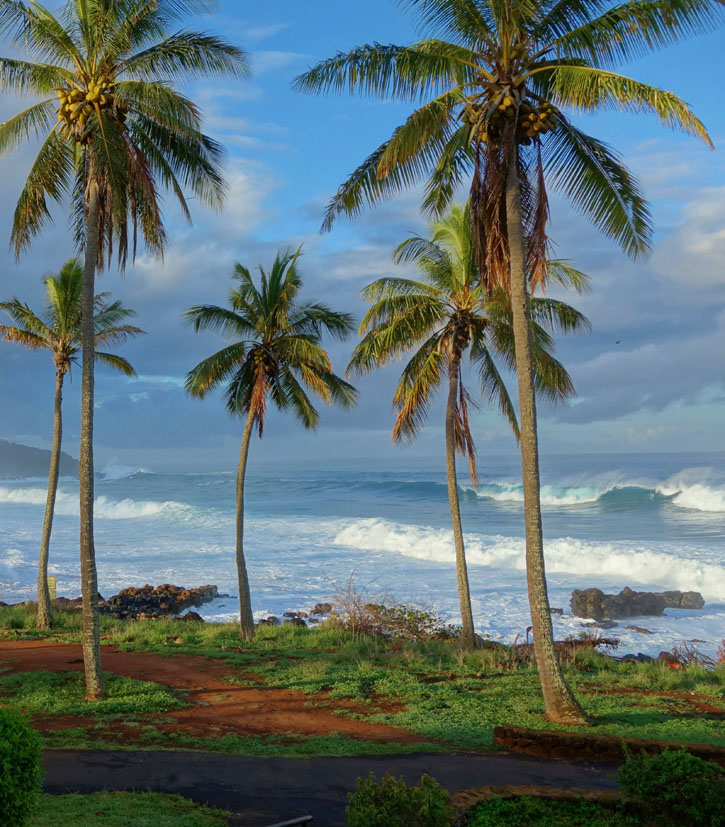
If Sheraton’s is too big, drive south to Dixie Maru where a right point break wraps into the bay at sizes half of Sheraton’s. If Dixie’s is crowded, meaning more than three people, or if you’re up for a little adventure, a goat trail leads back into the kiawe trees and to Kaunala Beach, where another right break bends in toward the shore. The takeoff can be a little difficult since you sit off the rocks, but it’s a fun wave to get a few turns in when Sheraton’s is all closed out.
On the southern end of the island, the beaches around Hale O Lono harbor are able to pick up swells any time of year and can often be heavy in winter. The wind can be fierce in the afternoon, and the murky conditions conjure fears of toothy predators, but there’s a 95 percent chance you’ll have the waves to yourself. If the wind is down, the waves are up, and the water is clear, the beaches off Hale O Lono can offer some of the most adventurous surf on Moloka‘i. Follow the dirt road from Maunaloa town straight downhill to the shore, seven miles later. A 4WD vehicle is recommended.
Newsletter Signup
By clicking ‘Sign Up,’ I acknowledge that I have read and agree to Hachette Book Group’s Privacy Policy and Terms of Use
Kaunakakai
Since Kaunakakai faces directly south, the best waves are from May through September. Despite the fact that the area boasts miles of shoreline, the majority is blocked by the fringing reef, which makes paddling out virtually impossible. Nevertheless, locals still flock to Kaunakakai Wharf during the big swells of summer. Expect a long paddle, since you have to get out past the reef to get to the waves, but the long paddle is rewarded by Moloka‘i’s best summer wave. Expect a very local crowd, as well as lots of “spongers” (bodyboarders).
East Moloka‘i
The only place for beginners to surf in East Moloka‘i is Waialua Beach, where gentle rollers provide enough push to practice getting up on two feet. While the waves can be fun, it can be shallow at low tide. More advanced surfers can ride waves at Halawa, which can be powerful and barreling on the largest swells of winter. If a group of locals paddles out, head back to shore.
Rental Shops
If you don’t bring a board on the ferry from Maui (airlines only allow boards up to six feet), the best place to rent is at Beach Break (2130 Maunaloa Hwy., 808/567-6091, 10am-4pm Mon.-Sat.) at the Holomua Junction, between Kaunakakai and the airport. They have the largest selection on the island, and the owner, Zack, can provide info on where you should and shouldn’t paddle out. Rent longboards ($30 per day, $150 per week), shortboards ($24 per day, $120 per week), a full range of boogie boards, beach gear, stand-up paddleboard equipment, and accessories. Check out the surf art, shot right here on Moloka‘i.
In central Kaunakakai, rent Soft Top surfboards ($25 per day, $100 per week) from Moloka‘i Ocean Tours (40 Ala Malama Ave., Suite 107, 808/553-3290 or 808/298-3055).
Newsletter Signup
By clicking ‘Sign Up,’ I acknowledge that I have read and agree to Hachette Book Group’s Privacy Policy and Terms of Use
You May Also Like
Pin it for later
